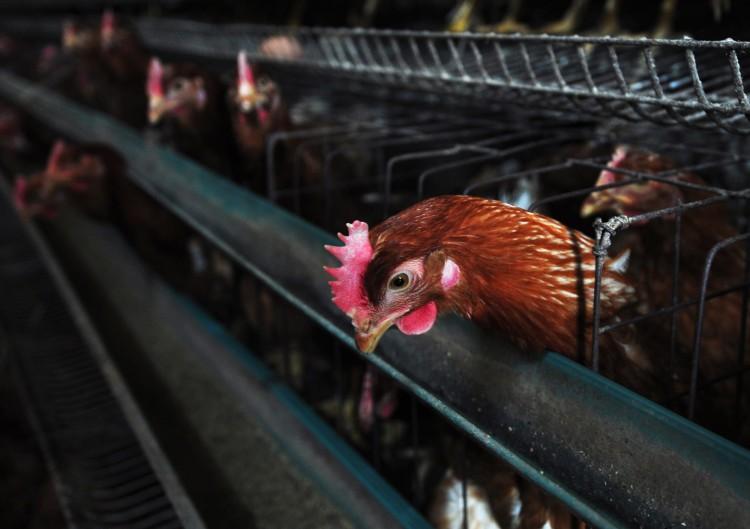Three Chinese have died and at least nine have been infected with a new strain of bird flu called H7N9 as of April 3, according to state-controlled media, though other mainland sources believe the actual number of people affected could be higher.
Four of the cases were reported in Jiangsu Province on April 2, and two the next day from Zhejiang Province, including a 38-year-old man who died.
Earlier infections included two people in Shanghai, who both died, and another in Anhui, who is in a critical condition.
Only one of the four Jiangsu patients had contact with poultry, and all are from different cities, as are the two in Zhejiang, indicating that the virus might be spreading between humans, and could become a nationwide issue.
Dr. Chang Shan-chwen, vice superintendent at National Taiwan University Hospital, said it is possible the infection has spread further, especially as some victims had no contact with birds, Taiwan’s United Daily News reported. “As such it will be necessary to consider the route of human infection with the bird flu virus via other animals or even the possibility of human-to-human transmission,” Chang said.
Mr. Gao, a veterinary pharmacist at Hebei Agricultural University, told the Sound of Hope (SOH) Radio Network that H7N9 is a new virus in humans, and is a zoonosis, meaning it is an infectious disease that can spread between animals and humans.
“I am really concerned about this virus being transmitted between people. It is definitely a zoonotic disease. I only believe half of the state media reports are true, and am using my own judgment to fill in the blanks of the other half,” he said.
Mr. Xu, a Shanghai resident interviewed when only two cases had been reported, also believes the communist authorities are withholding information from the public.
“Something is really going on, otherwise the government would not have made it public,” he told SOH. “Also, we have no idea what the end result will be, because this disease has an incubation period. It is terrifying to see an outbreak in this season when epidemics happen frequently.”
The Chinese Center for Disease Control and Prevention has published the genetic sequence of H7N9, and the data shows mutations with the potential to become a human pandemic.
Scientists overseas are now studying the virus, which appears to produce only mild symptoms in birds, a factor that could allow it to spread silently, unlike H5N1, a more virulent strain in birds.
Researchers at several institutes warned China Wednesday that birds and other animals should be widely tested in affected areas to detect and destroy the virus before it spreads further, the Associated Press reported.
Translation by Euly Luo. Research by Howard Feng. Written in English by Cassie Ryan.


